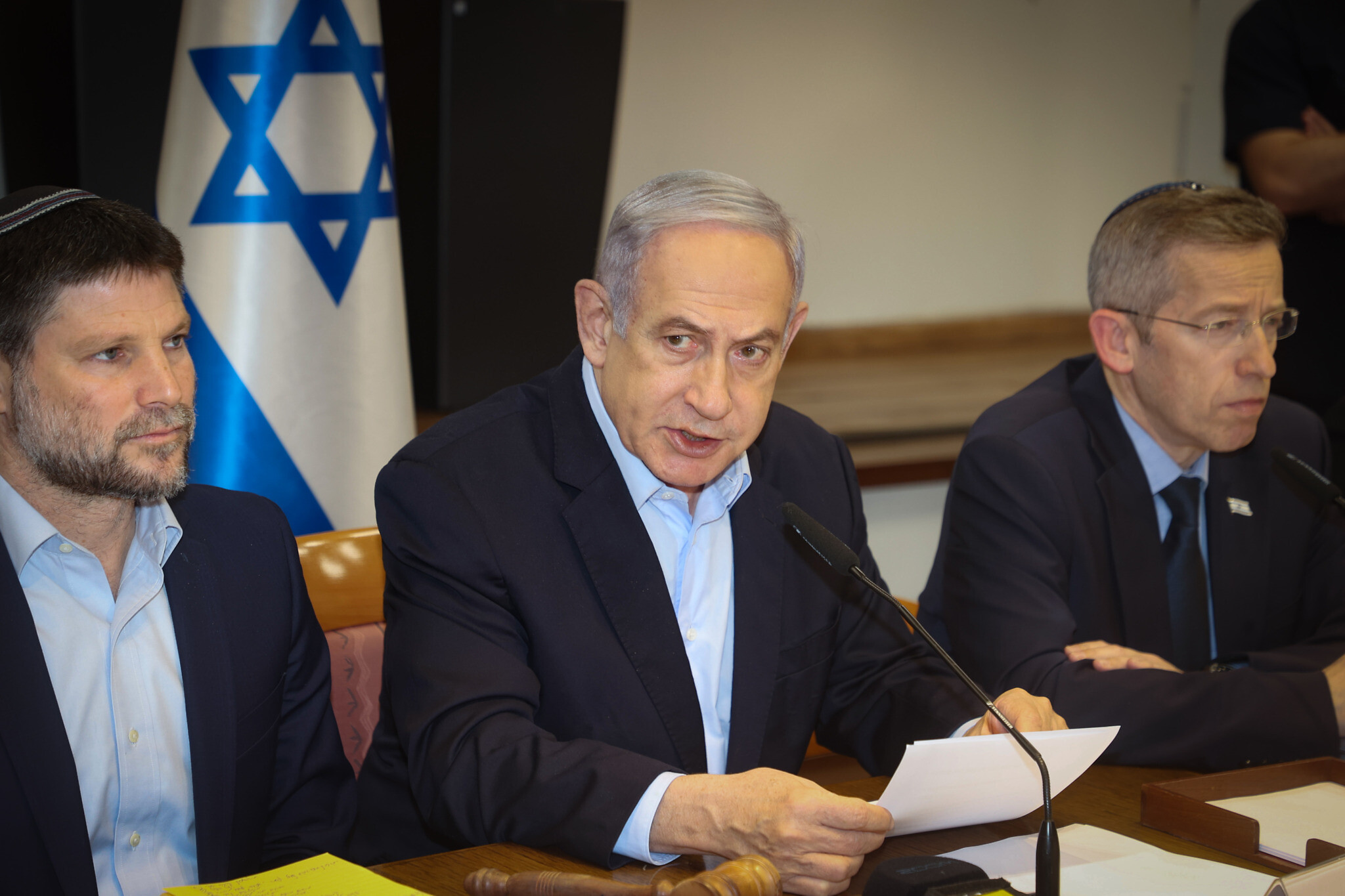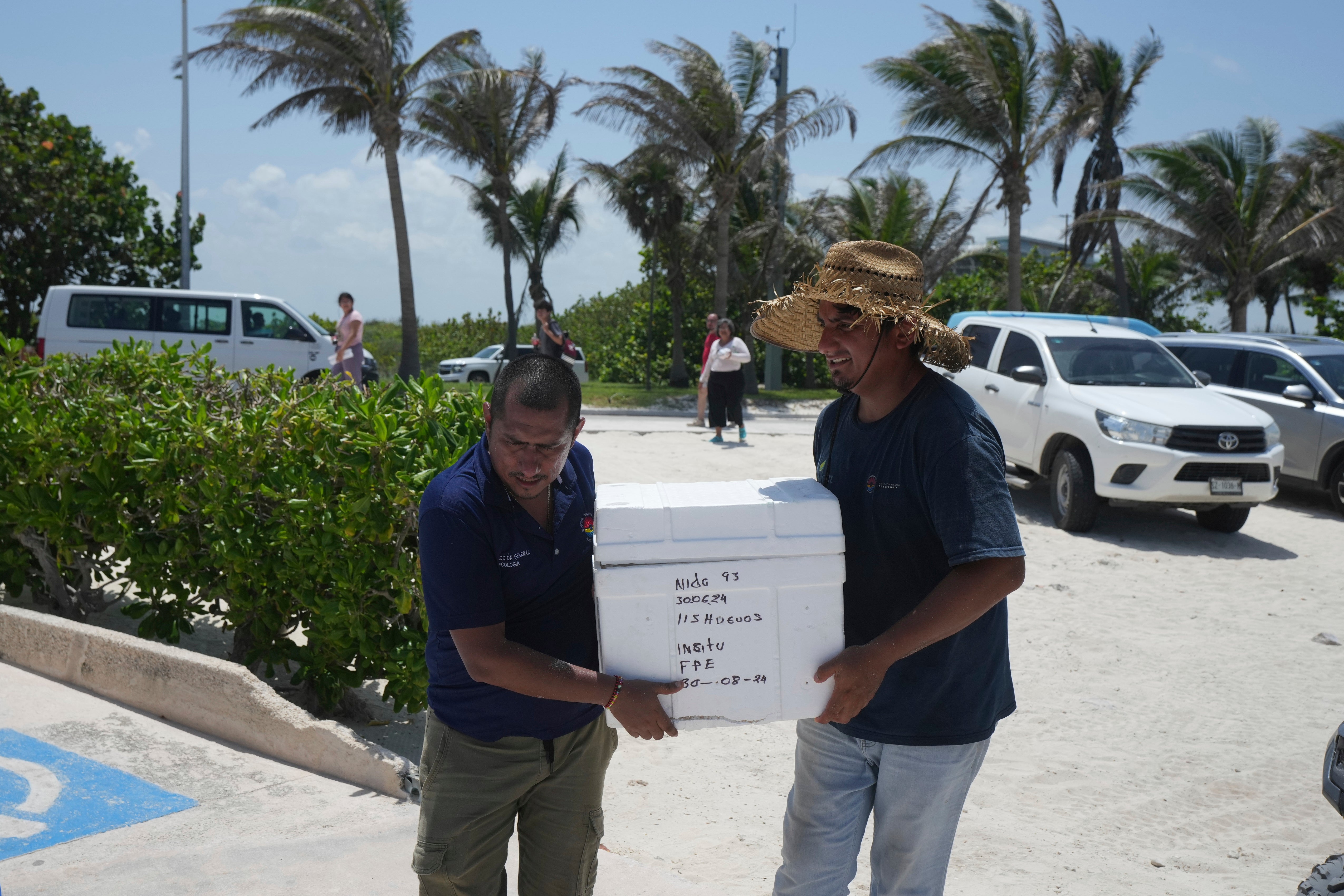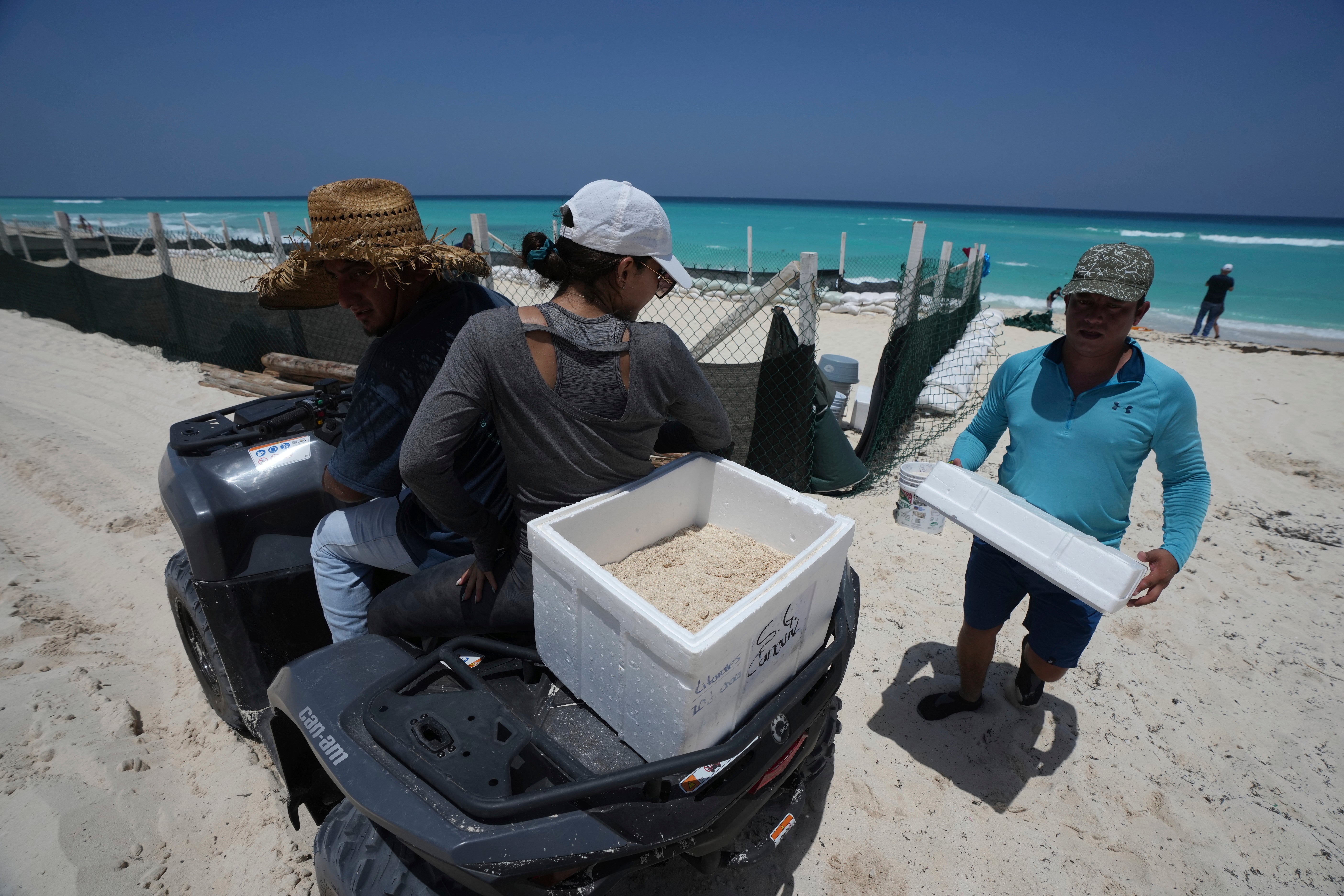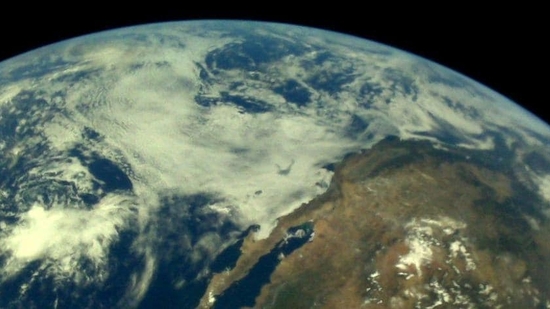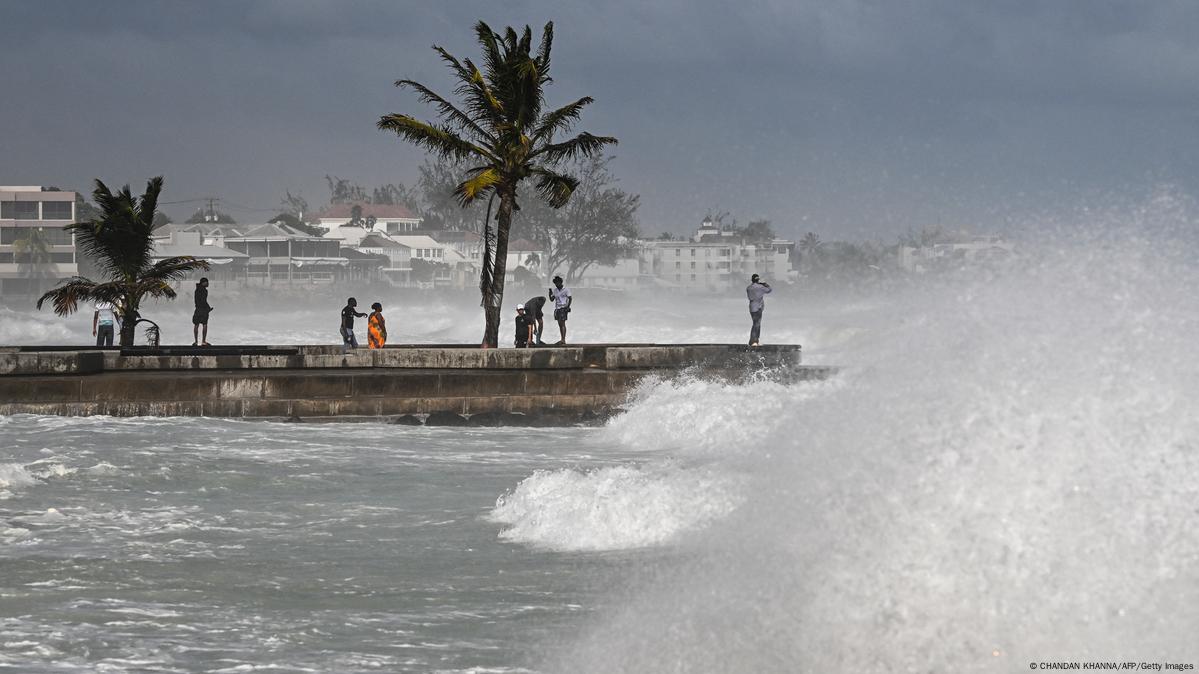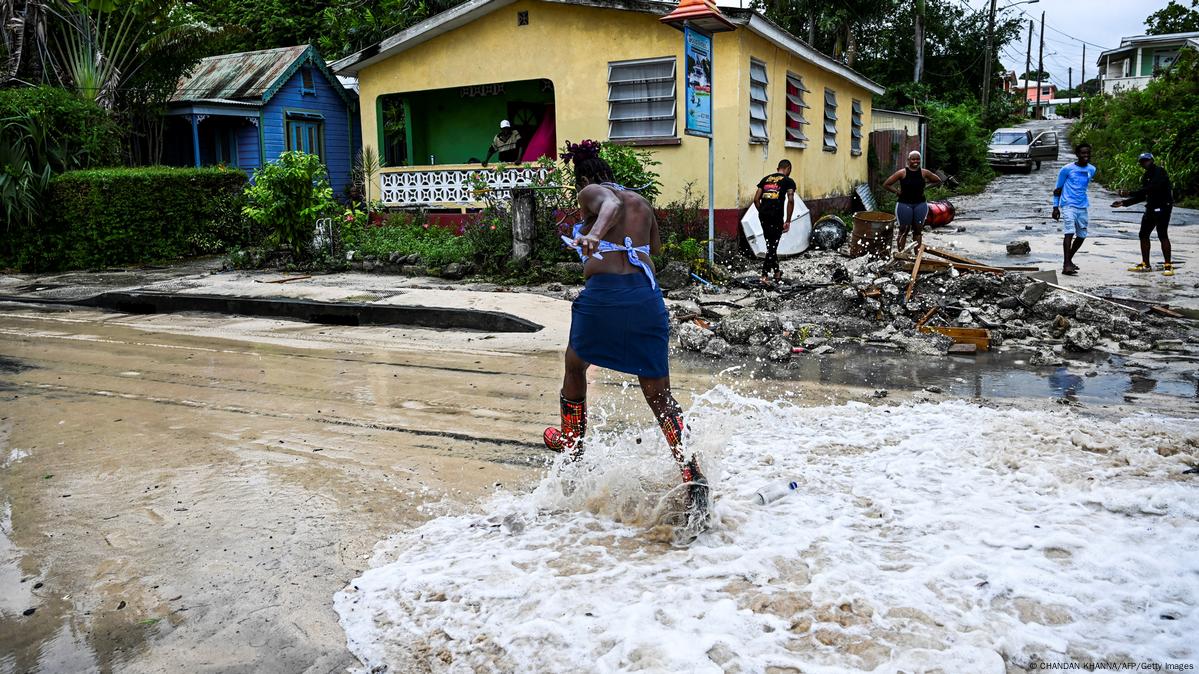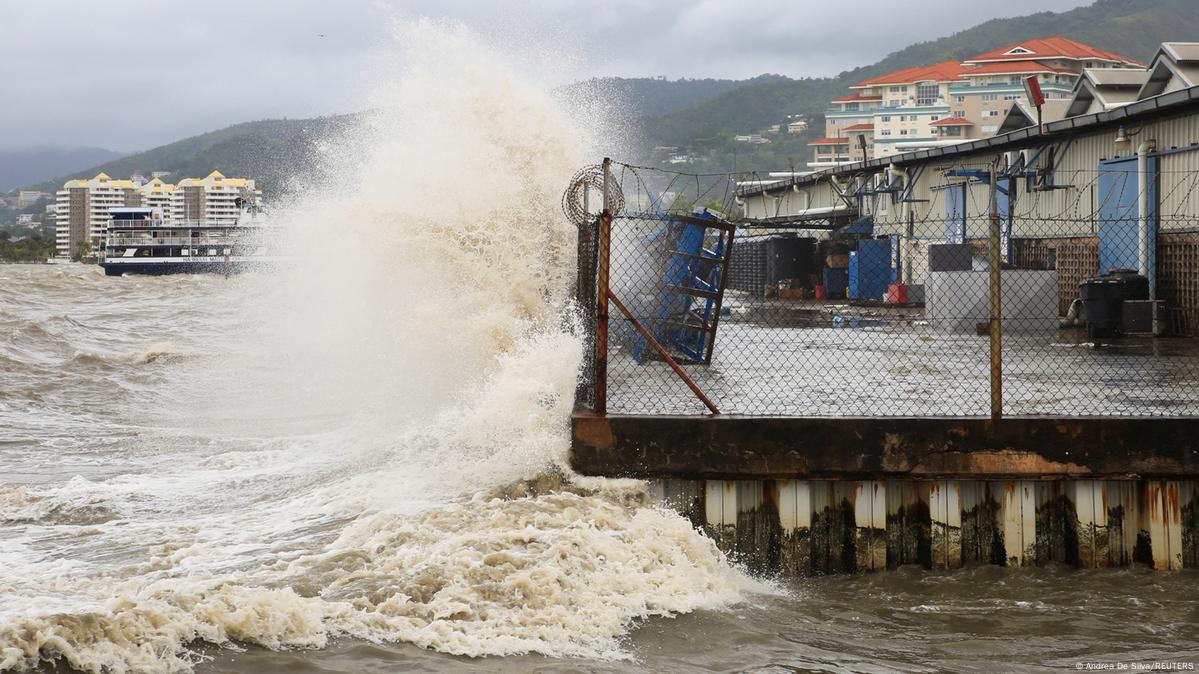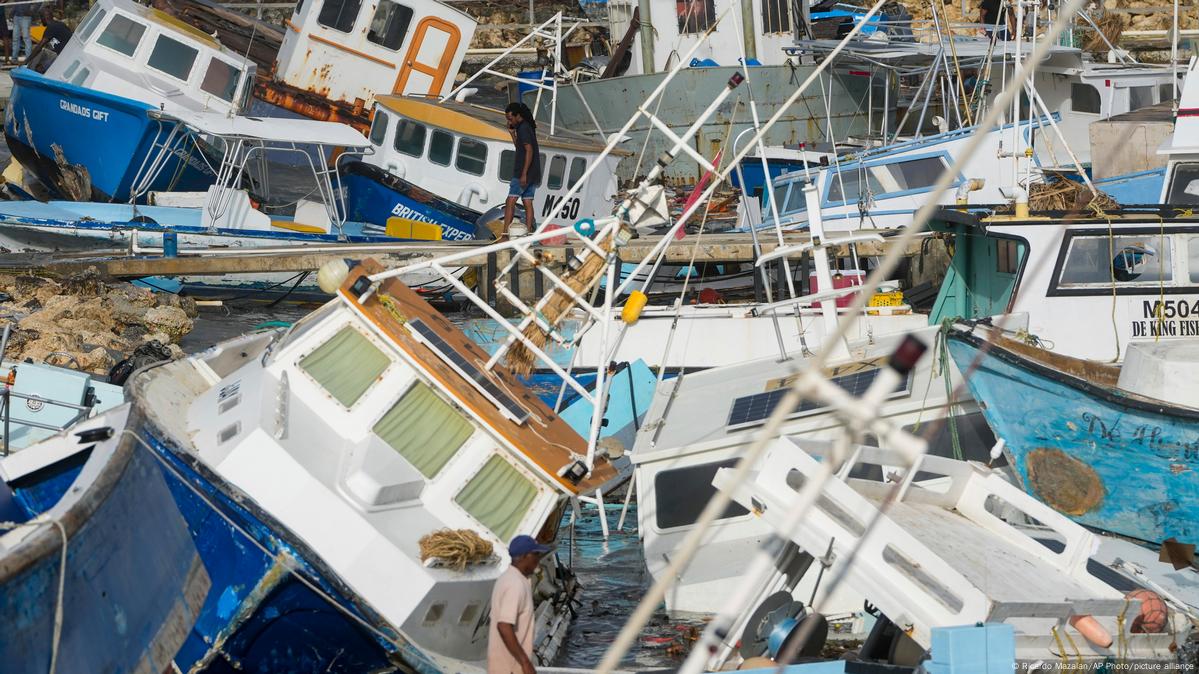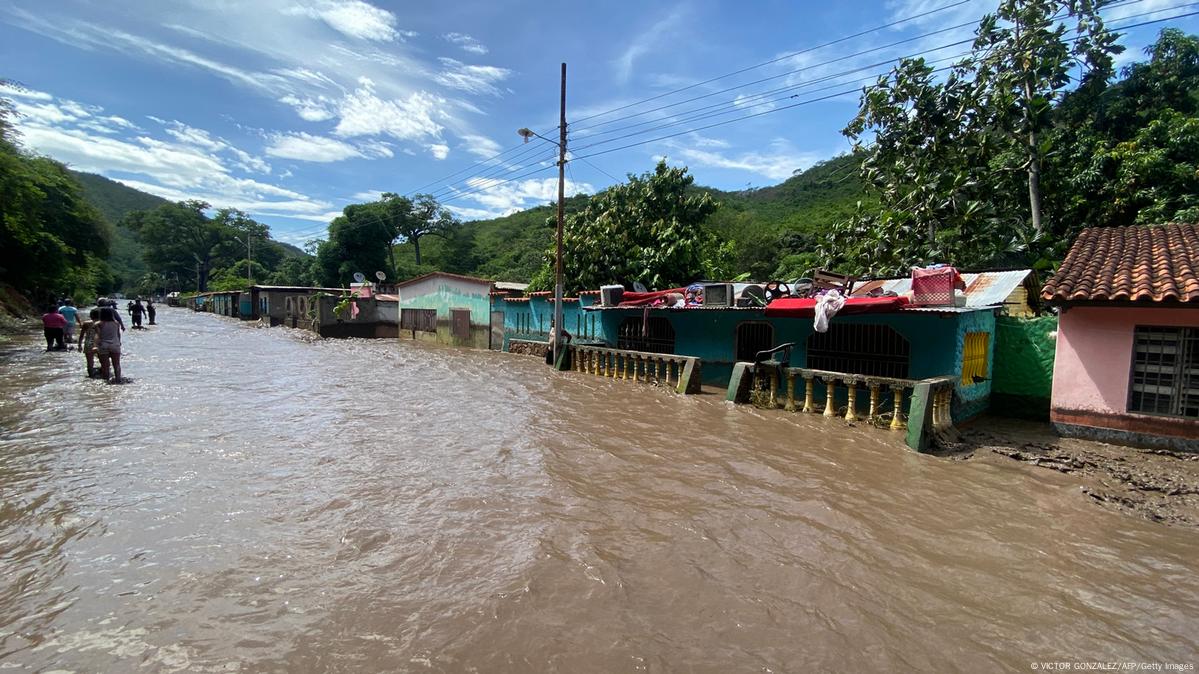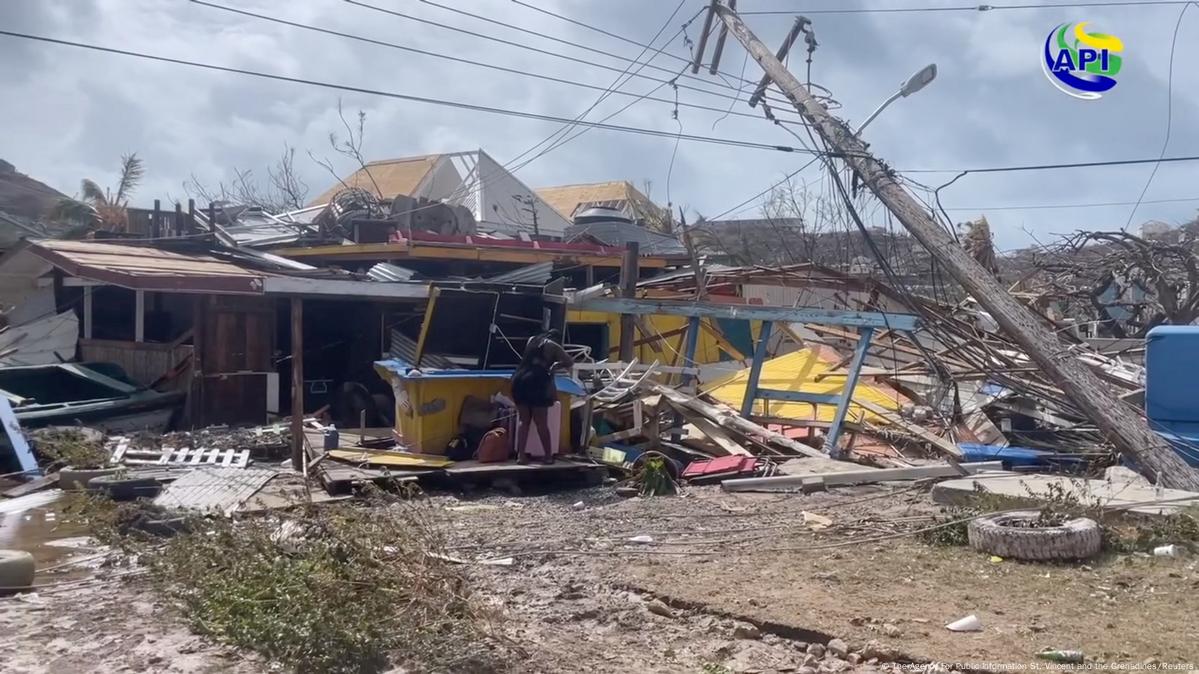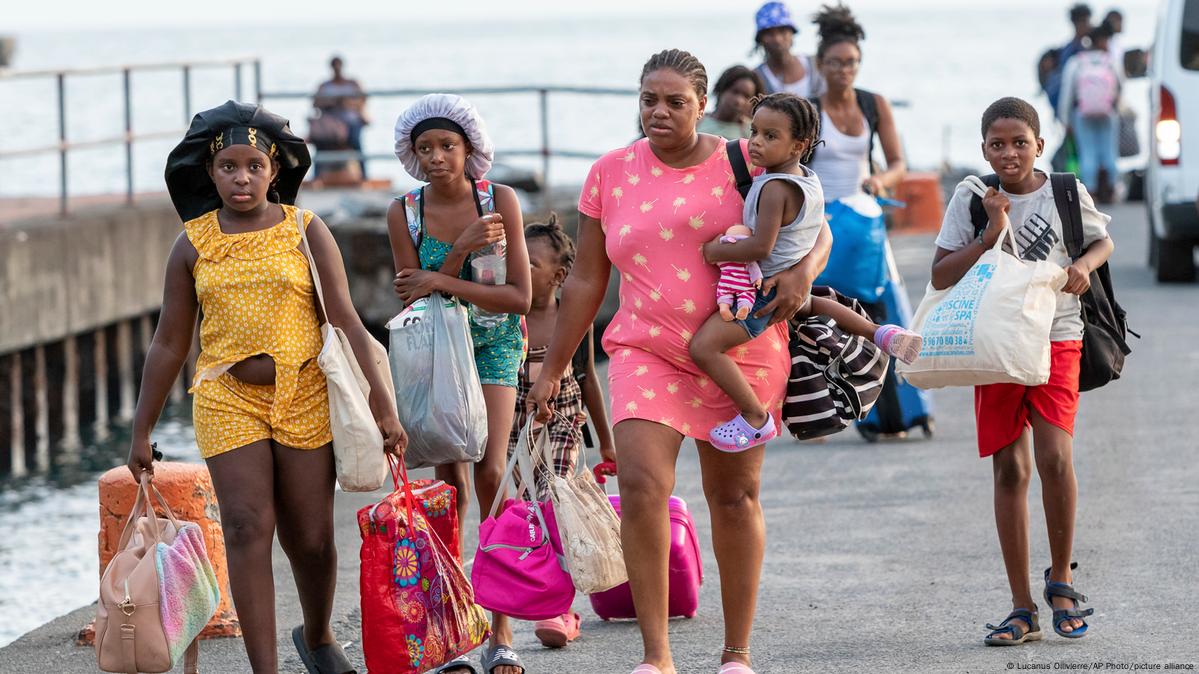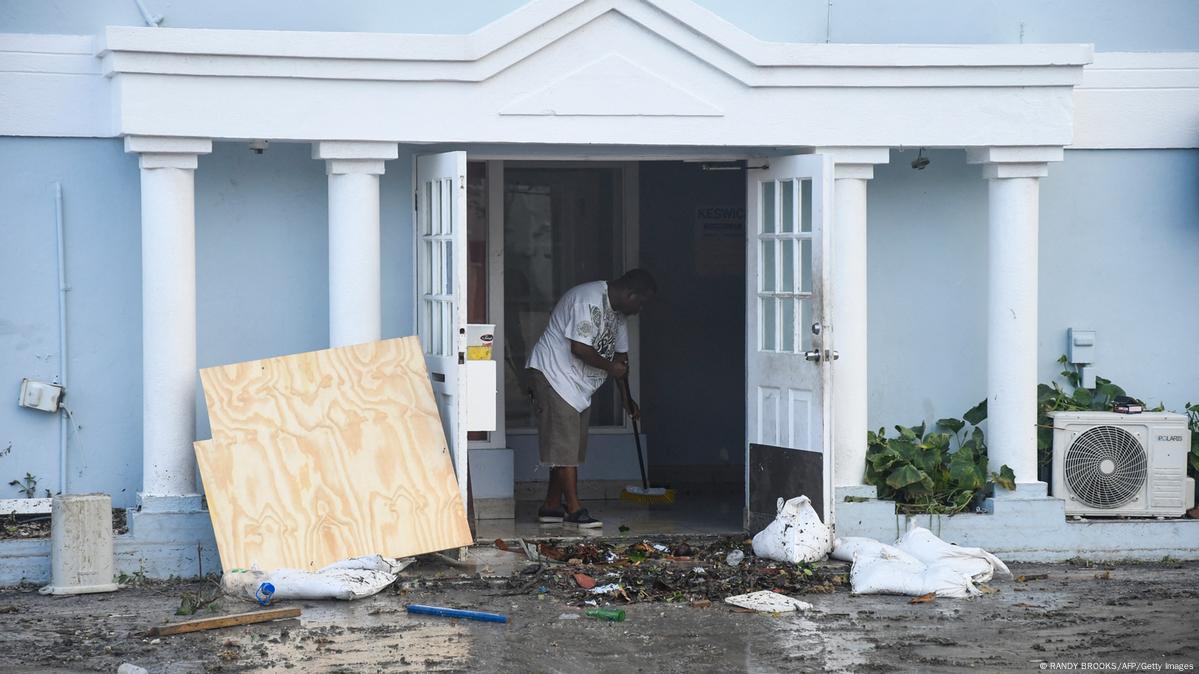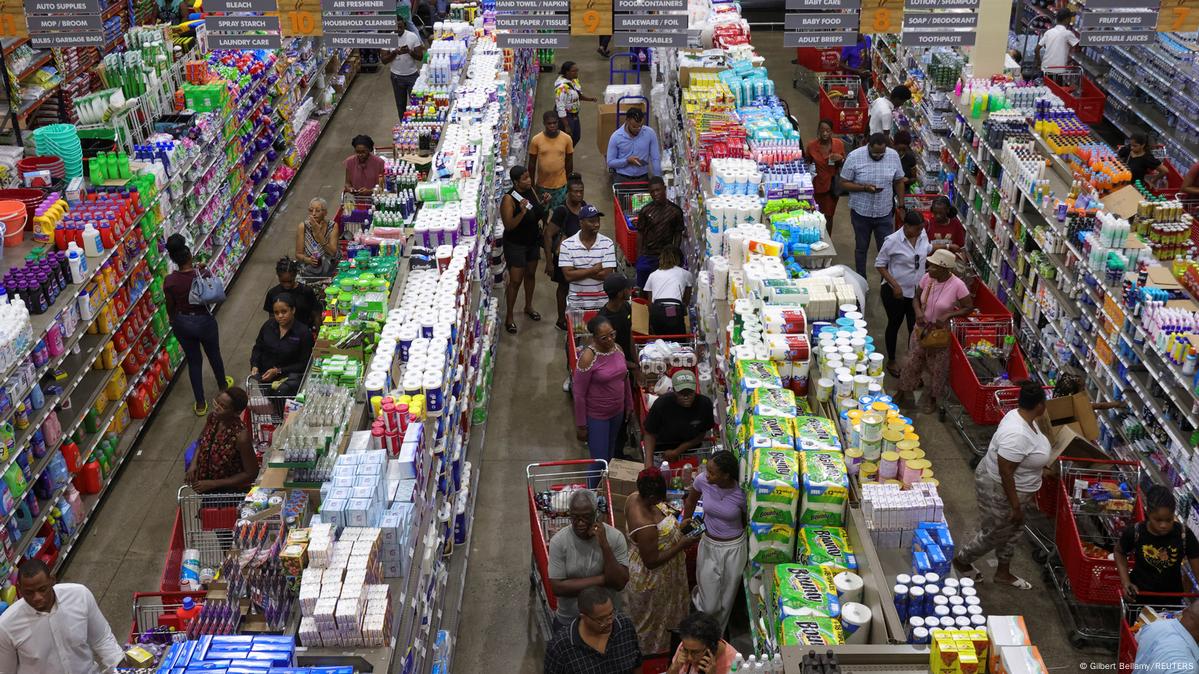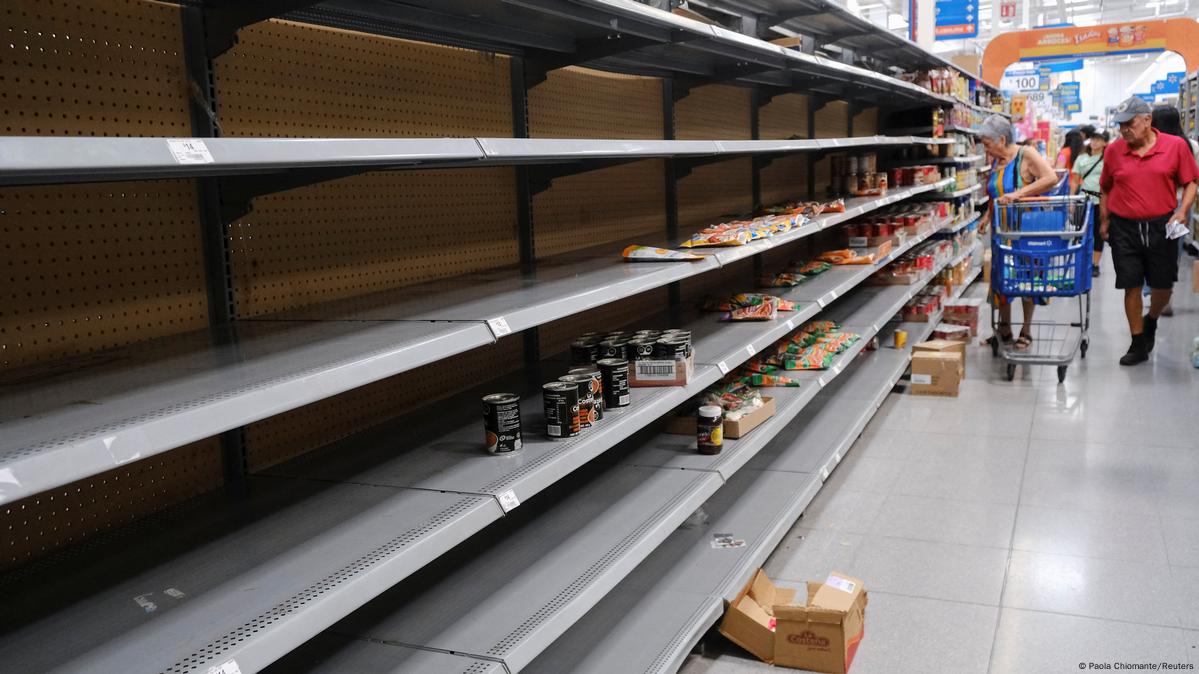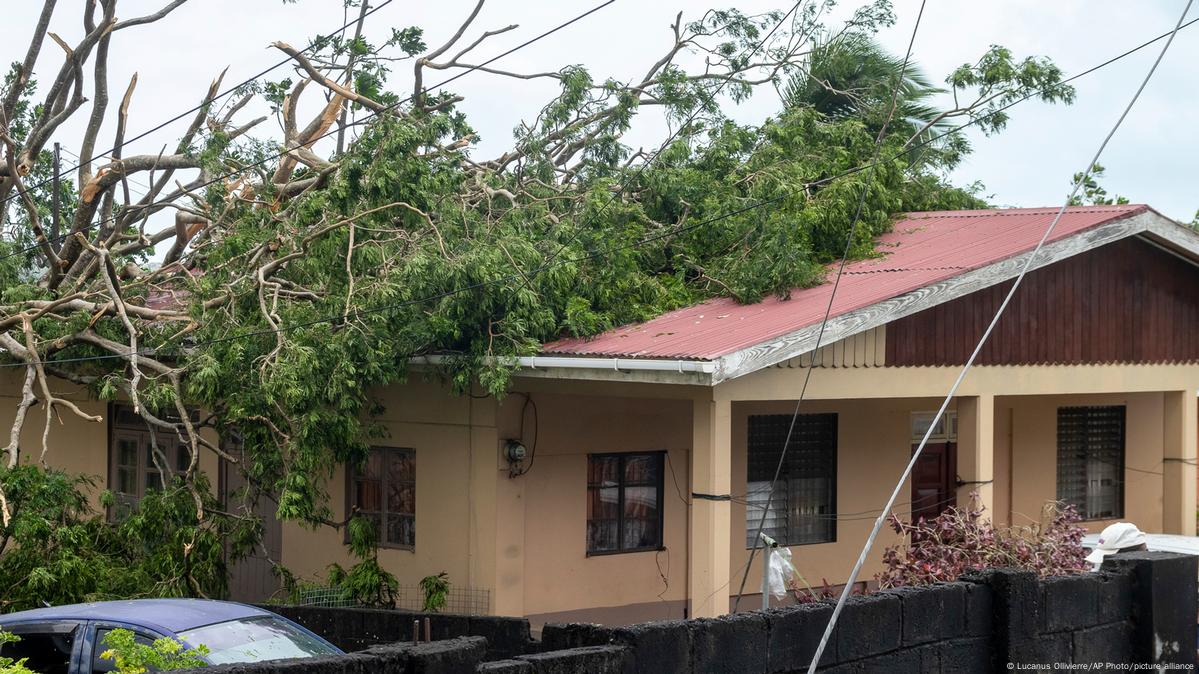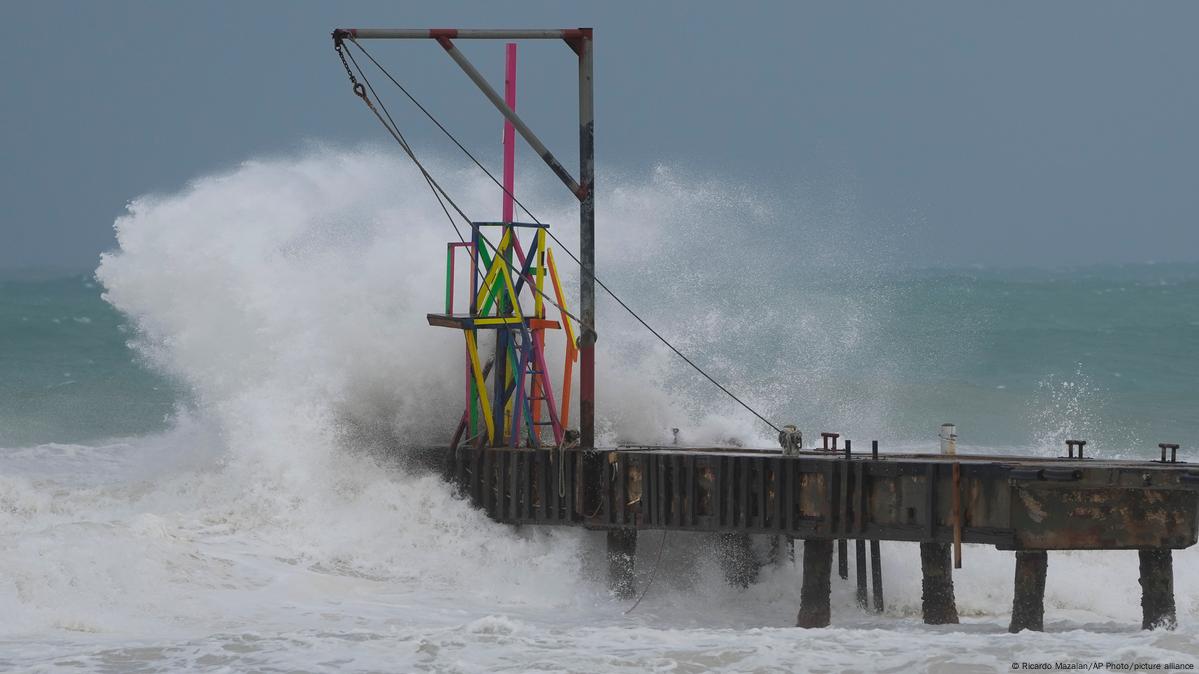Israeli Airstrikes Kill Five Journalists in Gaza
July 6, 2024
in News, Gaza

Five Palestinian journalists were killed in the past 12 hours due to intensive Israeli airstrikes targeting various areas in the Gaza Strip, including Gaza City and the Nuseirat refugee camp.
The massacred journalists included:
- Saadi Madoukh, Director of Deep Shot Media Production CompanyA
- Adeeb Sukkar, Media Specialist at Deep Shot Media Production Company
- Amjad Jahjoh, Journalist at Palestine Media Agency
- Wafaa Abu Dhabaan, wife of Amjad, Program Host at Islamic University Radio in Gaza
- Rizq Abu IShkiyan, Journalist at Palestine Media Agency
Journalist Amjad Jahjoh, his wife Wafaa Abu Dhabaan, and their child were killed on Saturday morning in an airstrike on the Nuseirat refugee camp in central Gaza, sources told Days of Palestine. Journalist Rizq was killed in the same raid too.
On Friday, journalists Saadi Madoukh and Adeeb Sukkar were killed in an Israeli airstrike that targeted the Madoukh family home in the Al-Sahaba neighborhood of Gaza City.
With the murder of these five journalists, the total number of Palestinian journalists killed since the start of the Israeli war on Gaza on October 7 has risen to 158, according to the Government Media Office.
Deadliest War for Gaza Journalists
The Center for the Protection of Palestinian Journalists condemned the killing of journalists Saadi Madoukh and Adeeb Sukkar in the Al-Daraj neighborhood of Gaza. The center noted that their deaths occurred just one day after the killing of Al-Quds TV journalist Mohammed Al-Sakani in a similar airstrike on his family home in the Al-Tuffah neighborhood of Gaza City.
The center emphasized that the current conflict has become the most deadly for Palestinian journalists in modern history. It called for an independent and comprehensive international investigation into Israeli crimes against journalists.
Data from the New York-based Committee to Protect Journalists (CPJ) indicates that the war on Gaza is now the deadliest for journalists since the organization began documenting journalist killings worldwide in 1992.
Shortlink for this post: https://daysofpalestine.ps/?p=54864
Journalist couple Amjad Jahjouh and Wafa Abu Dabaan and their children were killed in a strike on the Nuseirat camp.

Video Duration 04 minutes 43 seconds04:43
Published On 6 Jul 20246 Jul 2024
At least five journalists were killed in attacks by Israeli forces in the last 24 hours in Gaza as bombings and air strikes across the besieged enclave intensified.
On Saturday, Gaza’s Government Media Office said separate Israeli strikes killed three journalists in the Nuseirat refugee camp in the centre of the territory and two in Gaza City, raising to at least 158 the number of media workers killed since the current war erupted on October 7.
Those who were killed in Nuseirat were identified as Amjad Jahjouh and Rizq Abu Ashkian, both from the Palestine Media Agency, and Wafa Abu Dabaan from the Islamic University Radio in Gaza.
Abu Dabaan was married to Jahjouh. Their children were also killed during the strike, according to Al Jazeera’s team on the ground. At least 10 people were killed in that attack on Nuseirat.
Palestinian journalists Saadi Madoukh and Ahmed Sukkar were killed on Friday following an Israeli raid that targeted a home of the Madoukh family in the Daraj neighbourhood of Gaza City.
Before the latest deadly attacks, Israel’s war on Gaza was already considered the deadliest conflict for journalists and media workers in the world.
The New York-based Committee to Protect Journalists, which has a separate database on Palestinian journalists killed in Gaza, put the number of media workers killed as of July 5 at 108 since the war began, also making it the deadliest period since the group began gathering data in 1992.
Al Jazeera journalist, Hamza Dahdouh, the eldest son of Al Jazeera’s Gaza bureau chief, Wael Dahdouh, was among those killed by an Israeli missile strike in Khan Younis, southern Gaza, in January.
Hamza was in a vehicle near al-Mawasi, an Israel-designated “safe zone” that its forces have repeatedly attacked. He was with another journalist, Mustafa Thuraya, who was also killed in the attack.
An earlier Israeli attack had wounded Wael and killed his cameraperson Samer Abudaqa during a reporting assignment in southern Gaza in December.
The Guardian newspaper reported in June that at least 23 members of the Al-Aqsa network, a media channel linked to Hamas, were killed by Israeli strikes since October.
Death toll tops 38,000
Gaza’s Ministry of Health said on Saturday that 87 people were killed across the enclave over the last 48 hours, including the five journalists, bringing to at least 38,098 the number of people killed in the last nine months.
More than 87,700 people have been injured in Israel’s military offensive during the same period, the ministry said.
Reporting from Deir el-Balah in central Gaza, Al Jazeera’s Hani Mahmoud noted the “surge in air attacks across the central area, the southern part of the Gaza Strip, and also in Gaza City’s Shujayea neighbourhood in the north”.
In eastern Khan Younis and Rafah city, at the southern edge of the Strip, bodies were being taken out of the hospital morgue for burials.
“It’s a scene that we’ve been seeing over and over for the past nine months, crying parents over the bodies of their children,” Mahmoud said. “It’s heartbreaking and it’s becoming the daily norm for people here.”
Among the victims in the recent assaults was a worker for the UN Relief and Works Agency for Palestinian Refugees in the Near East (UNRWA) after an Israeli strike hit the organisation’s warehouses north of the Maghazi camp in central Gaza, according to Al Jazeera’s fact-checking agency Sanad.
Another person was also killed in that attack on the UNRWA facilities.
Advertisement
Video footage verified by Sanad showed the arrival of their bodies, as well as those injured, at Al-Aqsa Martyrs Hospital in Deir el-Balah.
The UNRWA employee was wearing his jacket clearly identifying him as UN staff while working in the agency’s warehouses.
Meanwhile, the Palestinian Information Center reported on Saturday at least six policemen were killed in an Israeli bombardment that hit their car in the Saudi neighbourhood of western Rafah.
One person was also killed as a result of an Israeli bombing of a police car in Gaza’s al-Shakoush area, northwest of Rafah.




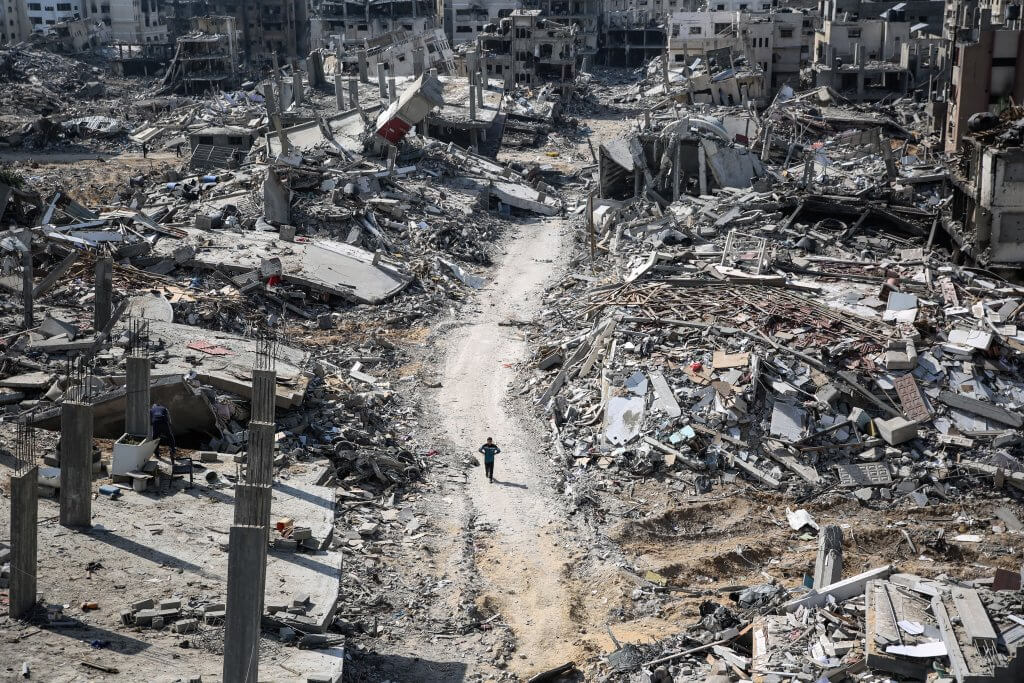 DESTRUCTION IN THE VICINITY OF AL-SHIFA HOSPITAL, GAZA CITY, APRIL 2, 2024. (PHOTO: © OMAR ISHAQ/DPA VIA ZUMA PRESS/APA IMAGES)
DESTRUCTION IN THE VICINITY OF AL-SHIFA HOSPITAL, GAZA CITY, APRIL 2, 2024. (PHOTO: © OMAR ISHAQ/DPA VIA ZUMA PRESS/APA IMAGES)

